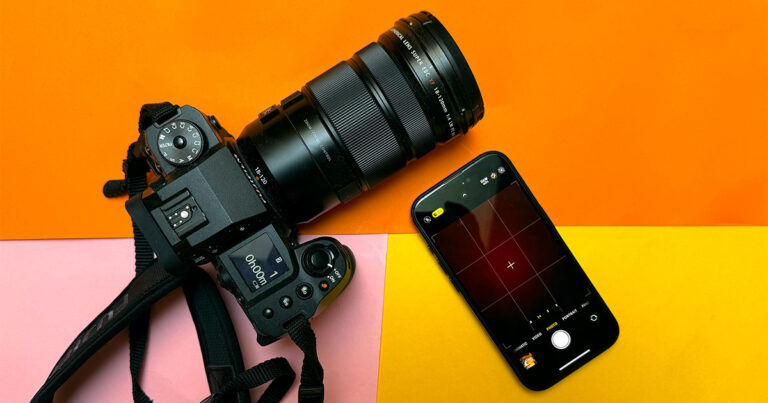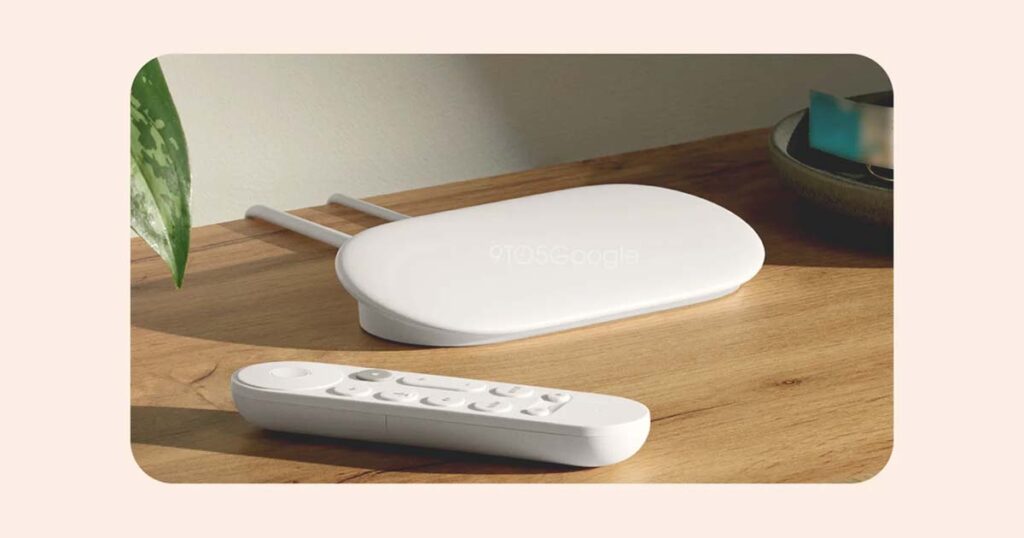I think I can take a pretty good photo. I can see how light and shadow play together, I can find and create interesting tableaus, I get the rule of thirds, and know when to drop the exposure. Armed with my phone I’ve captured thousands of shots across the years, a solid chunk of them that I'm proud enough of to keep me coming back. So after years of phone photography, I figured it was time to pick up a real camera, but a year on I'm gently placing it back down.
There is no doubt that phone photography has made the art of photography more accessible than ever. Rather than needing to shell out a few thousand dollars for a camera setup, you can snap a photo on the same device you use to get angry at strangers on the internet. This accessibility has paved the way for a surge of new, creative professions, but it has also created an inflated sense of skill. One that I fell victim to.
You don’t have to look far to see that false sense of expertise in action. Floods of articles and videos inundate the web about how to properly use the camera on your phone. Tips range from turning the phone upside down to reduce lens distortion, through to fiddling with the camera setting to get a higher MP count. It's not to say that these tips aren’t useful - but they do an excellent job demonstrating the oversimplification of point-and-click phone photography.
More each year, computational photography software performs the heavy lifting for phone photography. Phones use image sensors, and an array of AI processes as the shutter snaps, to make hundreds, if not thousands of micro-adjustments to the shot it captures. The resulting image we see on our phones is a product of these calculations more than a production of our own abilities. Mirrorless cameras don’t give you this level of padding. Of course there very much can be skill involved, as demonstrated by professionals such as Axel Morin who exhibited their iPhone photography at 3537 Cultural Hub in Paris earlier this year. But for most of us, we’re framing a shot, tapping the screen, and letting the phone do the work.
You may think I'm giving phones more credit than they deserve, and I would have agreed with you too had I not been dramatically humbled over the past year. When I got my hands on the Fujifilm X-H2 I was a beginner in the midst of teaching myself how to take better photos. I was feeling confident in my iPhone photography, but the photos I saw in my head weren’t matching what ended up on my phone. I wanted more control, and decided it was time to shift my focus to more advanced technology. “How hard could it be?”, I thought.
Very hard. Despite the time I spent researching the ins and outs of taking photos with this level of equipment, I was thwarted at every turn. The shot would look good on the viewscreen, but when I uploaded it to my computer it would turn out that the white balance was messed up or that the photo was infested with noise. With each shot, I was presented with a new problem I had never faced with phone photography. The more I learned, the less I knew. The gradient of the learning curve was far sharper than I could have anticipated, and phone photography left me woefully unprepared for the climb.
After thousands of failed attempts, I gave up. The false sense of skill my phone camera gave me was a double-edged sword - it both inspired and subsequently demotivated me. Rather than feeling like a photography failure with a mirrorless, I went back to my iPhone.
In the wake of my defeat, I attended the launch of the Fujifilm GFX100 II in September. Surrounded by professionals, I asked a slew of photographers how they feel about phone photography. Every professional I spoke to left me with the same takeaways;
- A phone camera is a surprisingly helpful tool in your arsenal, and
- The best camera is the one you have in your hand.
The overwhelming consensus was that a phone camera is often the most accessible photography tool for people, and all that really matters is if it takes a “good shot”.
As it turns out, phone cameras, with their point-and-click mechanics and computational photography algorithms simply allow more people to get that ‘good shot’ more often. Rather than being the enemy, they’re a “best friend” according to Fujifilm Australia General Manager for Electronic Imaging and Optical Devices Shaun Mah.
In an interview with Review.org, Mah explained that phone photography is “almost like a stepping stone” and says that many camera buyers follow the same trajectory as I did. Between those stepping stones, however, there is a skill gap that computational photography otherwise fills. When phones can cross that gap themselves, it's likely the camera industry will lose new entrants due to the sheer convenience of it.
Every photographer I questioned armed themselves with the latest iPhone or Samsung Galaxy S series. None that I spoke to thought less of photographs taken on a phone, with many saying the phone element was secondary and they just wanted a good camera in their pockets. Fujifilm ambassador, and wildlife and landscape photographer Glenn McKimmin, praised the iPhone 14 Pro Max’s various shooting modes, saying he prefers it for video.
“[the iPhone 14 Pro Max] is better for video. The modes are so good. Cinematic and portrait are excellent… All my video content is created on iPhone.”
As for still photography, McKimmin uses an iPhone for personal use but cited the low MP count as an issue for shooting anything professional.
“I do a lot of prints, and for that size, there just aren’t enough megapixels to blow it up.”
It seems inevitable that the friendship between camera and phone manufacturers is bound to go sour eventually. Phone manufacturers openly want to put the ‘real’ camera out of commission, and professional photographers don’t seem opposed to the idea. Already, Apple has upped its MP count, and is leaning hard into the cinematic Shot on iPhone movement with Olivia Rodrigo’s music video, and its own prime-time Mac announcement earlier this year. On the Android side, in an interview with WhistleOut, Qualcomm VP of Product Management for Camera, Judd Heape said they want a smartphone to do everything a mirrorless camera can in the next five years.
Even when phones and mirrorless cameras have parity, there will still be a level of skill required to use them to their full potential. The Samsung Galaxy S27 Ultra won’t force you to understand aperture and shutter speed in order to snap a picture on the main camera for example, but it might just give you the option to control it. When we get there, only one of two things will happen. Either phones will make the jump to mirrorless cameras easier by bringing themselves closer to the target, or fewer people will feel inclined to take that leap.
Regardless as to which direction we head in, our access to quality point-and-click photography has and will continue to change our perception of the craft. As computational photography algorithms improve alongside on-phone lenses, more of us will fall victim to this inflated sense of skill. At a time when creative work is being undervalued, it is more important now than ever to acknowledge the skills required to make good art, and not take the algorithms that make it easier for granted. Even though I have placed the mirrorless down, I move forward with a greater appreciation of the work of photographers, and a wary perception of my own.





